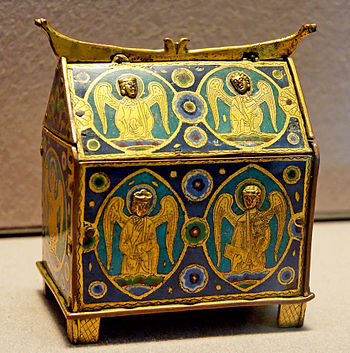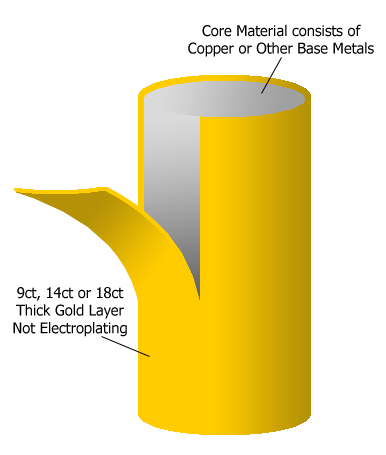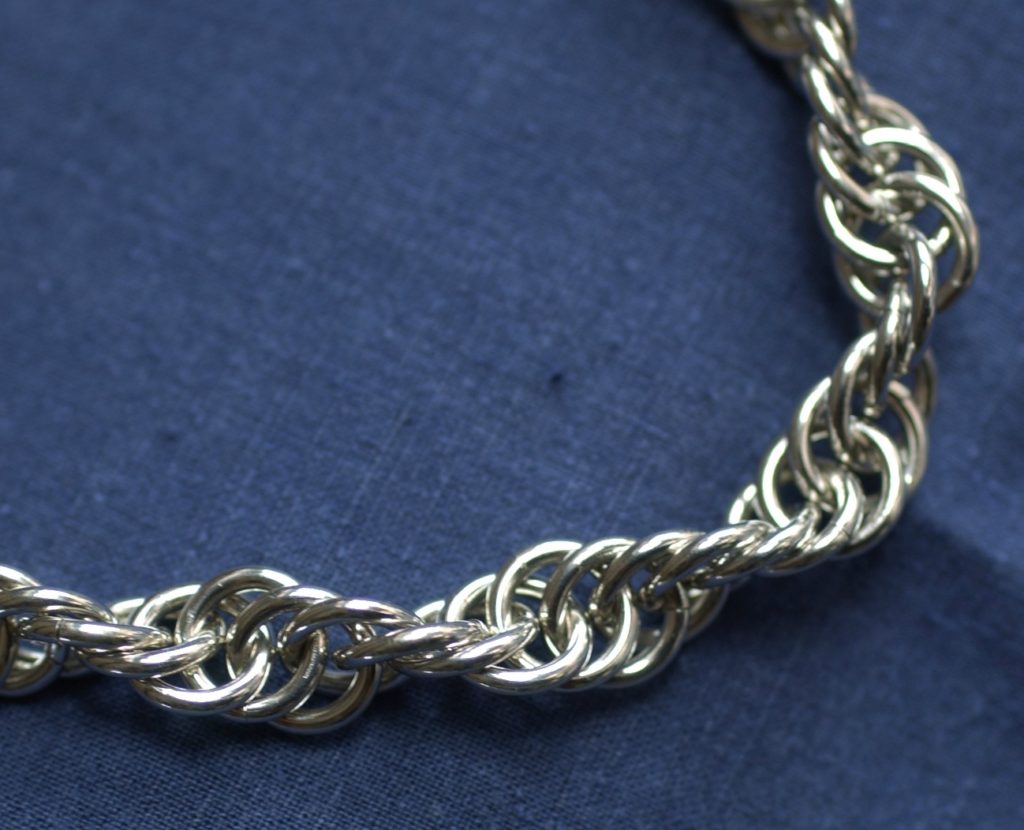Consequences, the topic of the day!
As a consumer, Common Sense is your greatest weapon. The old saying that if it seems too good to be true, it probably is, still holds true. If you know what gold and silver actually costs then you will have an idea of what jewelry should cost. Obviously the amount of work in an individual piece of jewelry can vary greatly, it is not just the value of the metal that determines the price, but a “solid gold charm” is not going to cost $5 when the price of gold is $1,200 an ounce. You can expect a piece of plain metal jewelry to cost 3 to 6 times the value of the metal, as a ballpark figure. For personal reference, the weight of five US quarters is about an ounce, and the weight of six US dimes is about half an ounce. An easy way to know what precious metals are selling for is to check the “spot price” at someplace like Rio Grande Jewelry. The current “spot price” of metal is always listed at the top of the page right under the search box. If you don’t know what “spot price” means, I suggest you read the first blog in this series.
Ask questions! Even small shop jewelers usually mark their sterling pieces “sterling” or “925”. Reputable jewelers should not be offended by questions about metal content, as long as you are polite. I usually have information about what alloys I use available in my shop so that people with metal allergies can buy with confidence. Resellers will rarely be able to provide that level of information, but the items should still be stamped with the metal content if they are precious metal.
But what happens if someone gets caught cheating?
US Laws governing metal purity are complex, sometimes originating in the gold-rush days, other times based on banking scandals, and or on an increased awareness of adulterated materials. In the US, not only are mislabeled gold and silver products unethical, but the penalties can be draconian. Other countries’ metal laws are different, and may be deferentially enforced.
The US laws concerning metal content are covered at the Federal level by the “Gold Labeling Act of 1976” which is not just about gold (15 U.S.C. 8 Section 291-3000). The act addresses gold and silver in any form: Bullion, jewelry, and any goods manufactured that include gold or silver. If items violating this law are imported, they may be forfeited, seized, and/or condemned. There are many other penalties that may be applied to companies, employees, or people who import fraudulent gold or silver goods, but those penalties are beyond the scope of this blog.
What about US-based companies and people violating the Federal marking requirements? Anyone violating this Federal law may be fined up to $500 or imprisoned for not more than three months PER ARTICLE found in violation of the law. That law also has some interesting, but less obvious provisions. These violations are additive if you cross borders, use the mail, a shipping company, or any other method to move goods to a wholesaler, jobber, retail location, or to the end consumer. Federal law also extends the right for Trade Associations and competitors to bring suit under the law.
And that’s not the end of laws controlling metal. Almost every State, Territory, and District have something to say about metal purity. For example, California has a Metals law directed at lead and cadmium content, but it also defines other purity requirements. Violators may be fined up to $2,500 per day, per violation. People who willfully violate this state law face fines up to $100,000 and a year in jail.
Civil Penalties can also occur. For instance, if I was a reseller, and I was buying charms from a manufacturer that were supposed to be sterling silver (925), and they were not, I could sue that manufacturer for damaging my reputation as a seller of quality goods. The court would then determine how much damage had been done to my reputation and determine a financial penalty.




